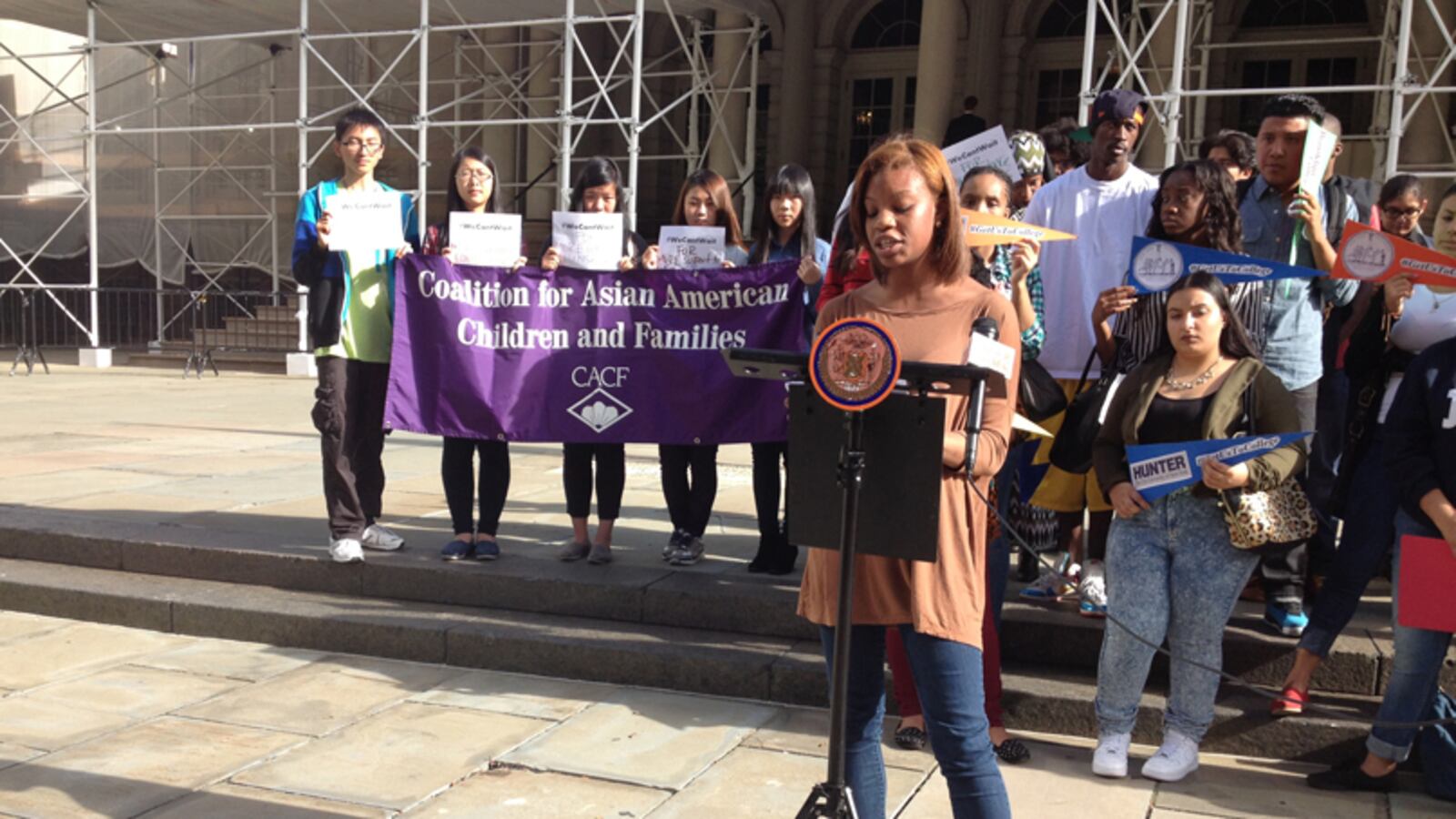At a lengthy — and at times tense — City Council hearing that focused on school guidance counselors, Department of Education officials were unable to answer a crucial question from the education committee.
Officials knew how many counselors work in city schools: about 3,000. They knew how many work in traditional high schools: about 1,000. But they did not know the ratio of students to counselors.
When councilmembers asked how many high school students the city has — so that they could calculate the ratio on their own — the education officials, including Lois Herrera, head of the Office of Guidance and School Counseling, faltered.
“It’s not something we’re calculating on a regular basis,” Herrera said.
The Monday hearing focused on a bill that would fix that. The legislation requires the education department to collect and share information on the number of counselors in each school, the counselor-to-student ratio at each school, and what those counselors are helping students with, whether academics, college preparation, or providing assistance for students with special needs.
A resolution also being considered by the education committee suggests that schools have at least one trained college counselor for every 100 seniors and calls on the city to put in place a system-wide early warning system to monitor whether students are on track for graduation.
The calls for more guidance counselors predate the legislation. Two years ago, a report from then-Comptroller John Liu noted the counselors’ large caseloads and suggested a ratio of 100 students per counselor. That’s lower than the 250:1 ratio that the American School Counselor Association recommends, and which was cited as a standard at the hearing.
A 2013 study showed a ratio of 316 of students per licensed guidance counselor in city schools from kindergarten to grade 12, excluding charters. There are no guidelines for how many guidance counselors a school needs or a direct budget line for them.
City officials have noted that an intense focus on the ratio obscures part of the picture. In fact, schools often distribute counseling responsibilities among teachers and staff, such as using advisory periods to meet student needs.
Still, Chancellor Carmen Fariña and Mayor Bill de Blasio have noted the importance of increasing access to counselors on multiple occasions.
In the last few months, Fariña reinstated the Office of Guidance and School Counseling from officials who previously worked in the Office of Safety and Youth Development. The city has hired 250 new guidance counselors. And the department has trained more than 1,300 school staff members in an intensive, voluntary training about college access, and they will continue to train additional staff during the school year, officials said.
But students who testified at the hearing, and at a press conference beforehand organized by the student-led Urban Youth Collaborative, spoke of overworked counselors who were unable to meet their needs.
Baoying Zhang, a student who immigrated to the U.S. two years ago and whose parents do not speak English, says she has had to navigate high school without help, making sure she has the credits she needs to graduate on time, for example.
“Since my parents cannot help me on my educational path,” Zhang said, “the guidance counselor is the only person I can ask for help.”
A date to vote on the legislation has not yet been set.

